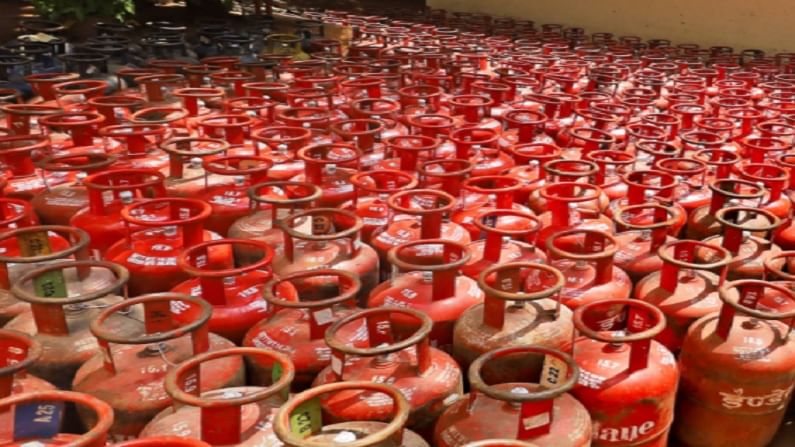Slum households still using polluting fuels despite LPG push: CEEW
According to the report, around 37% of slum households do not receive home delivery of LPG cylinders

In India, with people migrating in numbers from rural areas to urban areas, pollution levels are crossing every mark. Acute air pollution is harming more slum dwellers, mostly because of two things – a high ambient particulate matter of pollution in cities and household air pollution because of the use of polluting fuels.
According to the Census 2011, 13.7 million people live in slums in India.
To reduce the household air pollution levels, the government introduced schemes like Pradhan Mantri Ujjwala Yojana (PMUY). “Despite 86% of households having an LPG connection, the data shows that over a third of slum households are stacking with polluting fuels (including firewood, dung cakes, agriculture residue, charcoal, and kerosene),” a report by Council on Energy, Environment and Water (CEEW) said.
The major problem highlighted by the study was the uneven distribution of LPG gas cylinders. According to the report, around 37% of slum households do not receive home delivery of LPG cylinders.
Due to Covid-19, the vulnerable household will be pushed more into poverty which may lead to energy poverty. For things to get better, the government must expand the reach of the Ujjwala Yojana and ensure that every household receives the home delivery of LPG cylinders.
The report argued, “Increased poverty would mean increased use of polluting fuels – there is a need for a renewed emphasis on clean cooking energy access during the COVID-19 pandemic as increased use of polluting fuels has health implications (lower respiratory infections and coronary chronic obstructive disease (COPD)) that increase the risk of COVID-19 infections being more severe.”
CEEW covered urban slum households of six states- Bihar, Chhattisgarh, Jharkhand, Madhya Pradesh, Rajasthan and Uttar Pradesh. 656 households across 83 urban slums were surveyed.
Download Money9 App for the latest updates on Personal Finance.
Related
- मैक्सिको के 50 फीसदी टैरिफ पर सरकार ने शुरू की बातचीत; जल्द समाधान की उम्मीद
- इंडो- US ट्रेड डील में पहले हट सकती है पेनाल्टी, रिपोर्ट में दावा
- रुपये ने फिर बनाया ऑल टाइम लो, जानें क्या है वजह
- बैंक कस्टमर के लिए बड़ी खबर, RBI हटाएगा ओवरलैप फीस,
- मैक्सिको ने अपनाई US जैसी पॉलिसी, 1400 से ज्यादा प्रोडक्ट लगाया भारी टैरिफ
- SpiceJet विंटर सीजन में जोड़ेगी 100 नई फ्लाइट्स! Indigo के कटे रूट्स का करेंगी भरपाई

